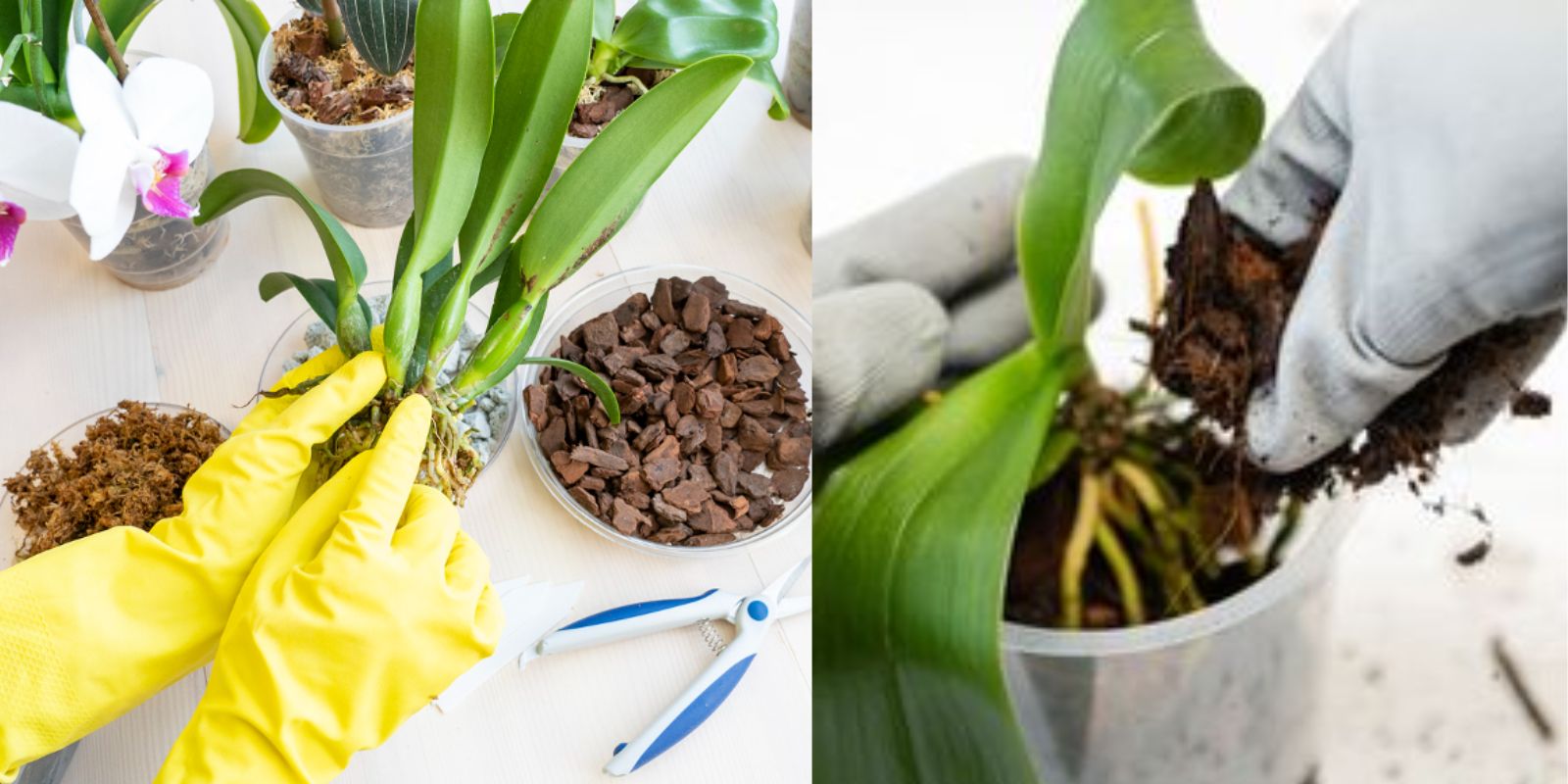Orchids, with their intricate petals and vibrant colors, are some of the most exquisite flowers you can grow indoors. However, many orchid enthusiasts struggle with keeping these delicate plants blooming throughout the year. The good news is that with the right care and attention, you can achieve continuous blooms and make the most of these elegant flowers. This comprehensive guide will walk you through essential tips and techniques to ensure your orchids stay in their prime, offering year-round beauty.
Understanding Orchid Basics
Orchids are a diverse group of flowering plants that come in thousands of varieties. They are known for their unique flowers, which can range from simple to highly complex structures. The most common types grown indoors include Phalaenopsis, Cattleya, and Dendrobium. Each type has specific care requirements, but there are fundamental practices that apply to all orchids.
1. Choosing the Right Orchid Variety
Selecting the right variety is crucial for long-term success. Some orchids are naturally predisposed to bloom more frequently and for longer periods. Phalaenopsis orchids, for example, are known for their long-lasting blooms and can flower for several months at a time. When choosing an orchid, consider its blooming cycle and adaptability to your home environment.
Tip: Look for orchids with multiple flower spikes or buds. These tend to be more vigorous and have a higher potential for continuous blooming.
2. Providing Adequate Light
Light is one of the most critical factors for orchid health and blooming. Orchids need bright, indirect light to thrive. Direct sunlight can burn the leaves and reduce the plant’s overall health. Place your orchids near a window with filtered light or use sheer curtains to diffuse the sunlight.
Tip: Orchids generally require about 10-12 hours of light per day. If natural light is insufficient, consider using grow lights specifically designed for orchids.
3. Maintaining Proper Temperature
Orchids prefer stable temperatures to produce and maintain blooms. Most indoor orchids flourish in temperatures between 65-75°F (18-24°C). It’s essential to avoid extreme temperature fluctuations, which can stress the plant and disrupt its blooming cycle.
Tip: Orchids benefit from a slight drop in temperature at night, which can help trigger blooming for certain varieties. Aim for a temperature drop of about 10°F (5°C) in the evening.
4. Correct Watering Techniques
Watering is another crucial aspect of orchid care. Orchids should be watered thoroughly but infrequently. Overwatering can lead to root rot, while underwatering can cause dehydration. Allow the top inch of the growing medium to dry out before watering again.
Tip: Water your orchids with room-temperature water and avoid using softened water, which can harm the plant. Ensure the pot has adequate drainage to prevent water from sitting at the bottom.
5. Ensuring Good Drainage
Proper drainage is essential for healthy orchids. Use a well-draining orchid mix that often includes bark, perlite, and sphagnum moss. This mix allows excess water to escape and prevents root rot. Additionally, make sure your pots have drainage holes to facilitate this process.
Tip: If re-potting, choose a pot that is only slightly larger than the current one. Orchids prefer to be slightly root-bound, which encourages blooming.
6. Maintaining Humidity Levels
Orchids thrive in high humidity. In a typical indoor environment, the humidity level is often too low. To create an ideal environment, use a humidity tray or a room humidifier to maintain a humidity level of 50-70%.
Tip: A humidity tray can be easily made by placing a shallow tray filled with pebbles and water under the orchid pot. Ensure the pot is elevated above the water level to prevent root rot.
7. Regular Fertilization
Feeding your orchids with the right nutrients is crucial for their growth and blooming. Use a balanced orchid fertilizer every 2-4 weeks during the growing season. A typical orchid fertilizer might have an N-P-K ratio of 30-10-10, which supports healthy growth and flowering.
Tip: Reduce fertilization during the plant’s dormant period or when it’s not actively growing. Over-fertilizing can lead to salt buildup and damage the roots.
8. Pruning and Re-potting
Regular pruning helps maintain the health of your orchids and encourages new growth. Remove spent blooms and dead roots to promote vigorous flowering. Orchids typically need to be re-potted every 1-2 years to refresh the growing medium and accommodate growing roots.
Tip: Re-pot orchids after they finish blooming and before new growth starts. This timing helps minimize stress on the plant.
9. Monitoring for Pests
Orchids can attract pests such as scale, aphids, and spider mites. Regularly inspect your plants for signs of infestation and treat any issues promptly. Use insecticidal soap or neem oil for organic pest control.
Tip: Wipe down the leaves and stems with a damp cloth to remove dust and potential pests. This also helps keep the plant looking its best.
10. Managing Rest Periods
Some orchid varieties benefit from a rest period with reduced watering and cooler temperatures. This period of dormancy helps the plant rejuvenate and prepare for its next blooming cycle. Understand the specific needs of your orchid variety regarding rest periods.
Tip: During the rest period, reduce watering frequency and maintain cooler temperatures to simulate the plant’s natural environment.
Conclusion
Keeping orchids blooming year-round requires a balance of light, temperature, humidity, and proper care. By following these expert tips, you can ensure your orchids remain healthy and vibrant throughout the year. With patience and attention to detail, you’ll enjoy the beauty of orchids in full bloom, adding a touch of elegance to your home.
Motivational Sentence:
Transform your space into a haven of continuous beauty with these orchid care secrets and enjoy stunning blooms year-round! 🌸✨ #OrchidCare #BloomingOrchids #GardeningTips #PlantLove #IndoorGarden #FlowerPower #GreenThumb #GardeningGoals #HomeDecor #OrchidEnthusiast

